Home > Climate News >

Beer and crisps used to help tackle climate change
The much-loved combination of beer and crisps is being harnessed for the first time to tackle climate change.
Crisps firm Walkers has adopted a technique it says will slash CO2 emissions from its manufacturing process by 70%.
The technology will use CO2 captured from beer fermentation in a brewery, which is then mixed with potato waste and turned into fertilizer…
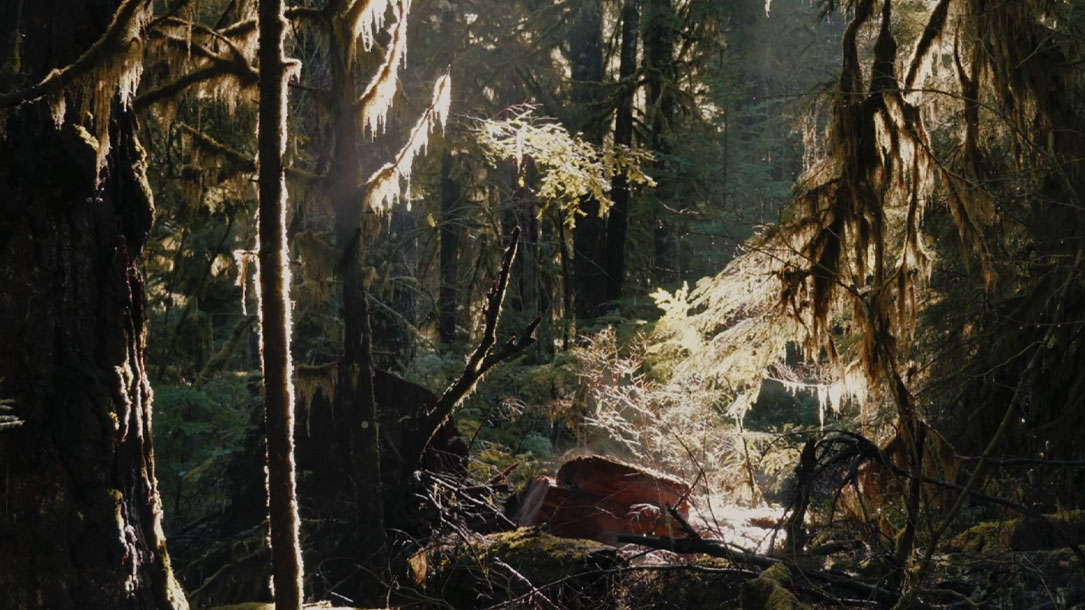
Why old-growth trees are crucial to fighting climate change
Nature is already socking away a lot of carbon for us. It could soak up a lot more—if we help. This story dives into the science behind forests and carbon sequestration.

Fighting climate change: Cheaper than ‘business as usual’ and better for the economy
The often-repeated and seldom-challenged view that climate change solutions are expensive and uneconomical has long dampened public support in the U.S. for even common-sense measures.
Seldom do proponents of those views enumerate the costs or mention the alternative costs of continuing to extract and burn fossil fuels to meet society’s energy needs. But in this era of costly hurricanes, wildfires, and floods, melting polar ice and rising sea levels, it should be obvious that the price of the status quo is already high and increasing. Failing to curb global warming has started bringing more frequent climate catastrophes with crushing economic and humanitarian costs. And prices of green technology solutions are falling rapidly; many are already cheaper than fossil fuel alternatives and will more than pay for themselves over time…
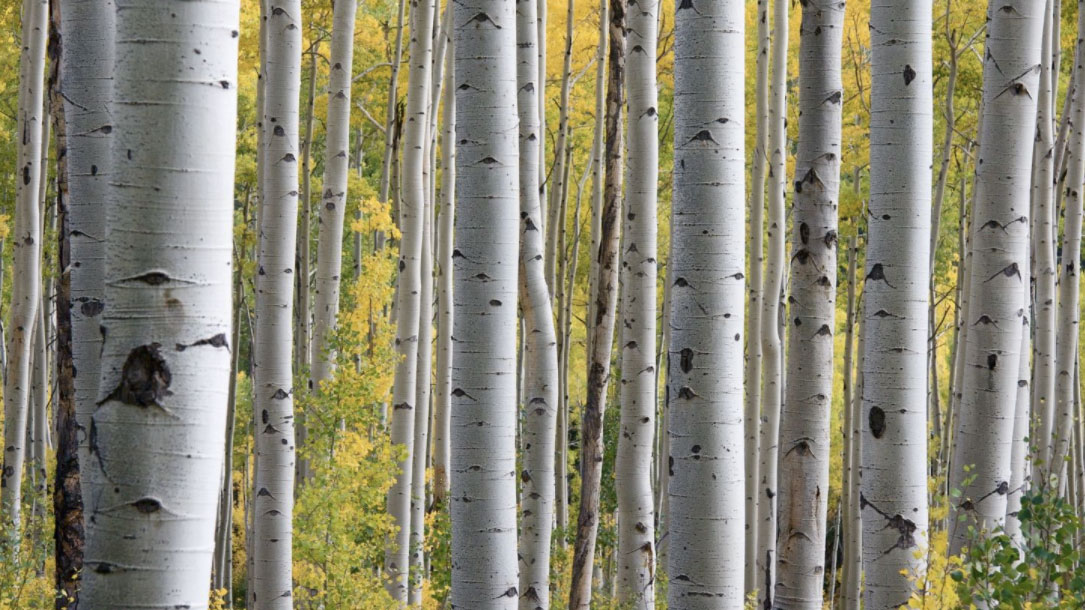
Wild carbon: a synthesis of recent findings
Permanently protecting forests and allowing them to grow in landscapes free from direct human manipulation is proving to be one of the most effective and cost-efficient methods available to address the climate crisis. While wild nature has a right to exist simply for its intrinsic value, recent science is shedding peer-reviewed light on the exceptional carbon storage capacity of unmanaged land, and its equally important benefits for safeguarding biodiversity.
In this short synthesis, ecologist Mark Anderson summarizes recent studies that demonstrate that in our fragmented, fast-developing world, wilderness offers the earth and its community of life the precious gift of time…
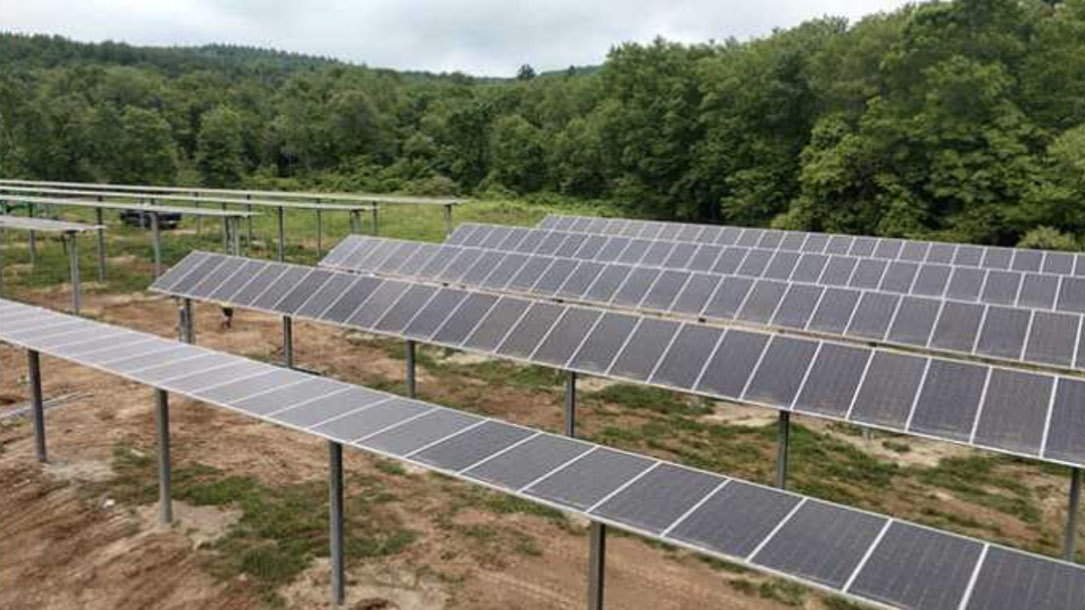
Installed: elevated solar supports family farm, cows, and crops
Generally, solar projects on agricultural land face pushback because traditional solar systems cover the ground in a manner that significantly reduces the amount of available farmland. This project did not face this kind of opposition because a dual-use system doesn’t replace crops, it works with them.
The array is designed to allow sufficient sunlight for the crops and is raised high enough in the air to allow tractors continued access underneath…[It] is designed with 20 ft. row-spacing and a minimum panel height of 10 ft. to improve performance and allow tractors continued access. Dual-use systems use special solar photovoltaic (PV) racking to harvest power from the same sunlight that nourishes the crops that grow under the mounts…
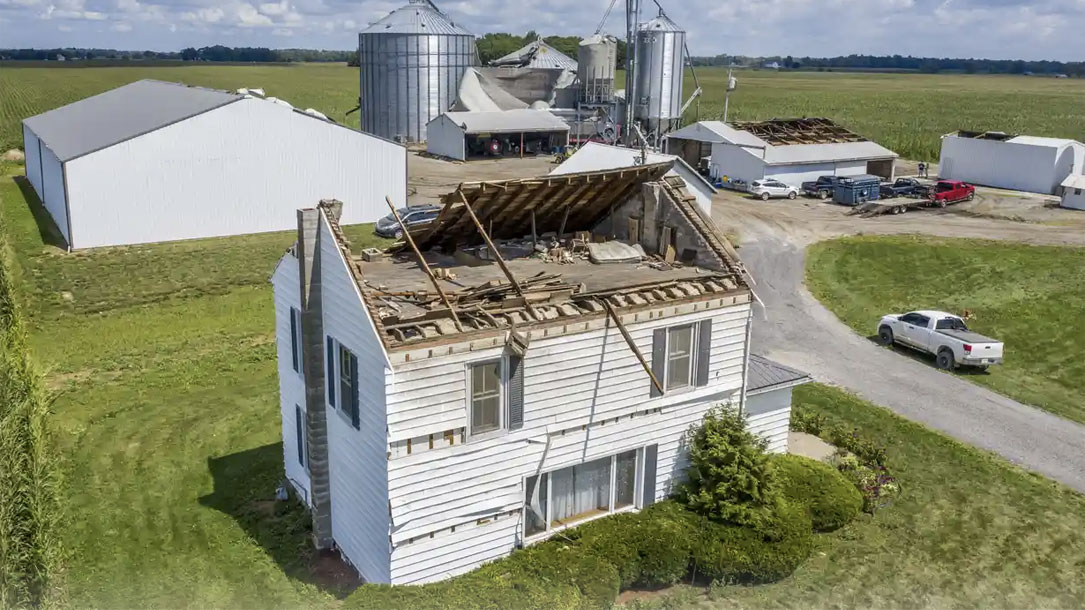
Extreme weather [just] devastated 10 million acres in the midwest. Expect more of this
The impacts of climate change are real and profound for our most basic industry: food. Fortunately, science tells us that we can make a real impact on climate change by planting less corn and more grass that sequesters carbon. Paying farmers to build soil health and retain water is a better investment than writing a crop insurance check for drought.
Farmers on the frontlines of climate change are trying to become more resilient to extreme weather by planting permanent grass strips in crop fields and planting cover crops for the winter that suck up nitrogen and CO2. The rate of adaptation would be quickened if conservation funding programs were not always under attack…
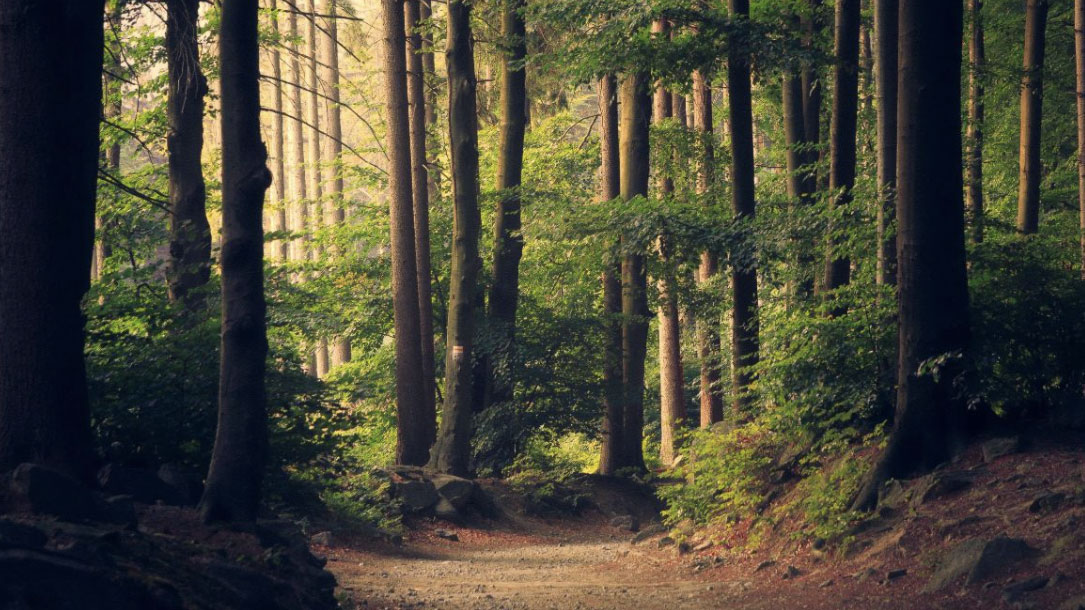
New forest carbon offset strategies turn to small landowners for big impact
This article highlights two programs with innovative methods for lowering the barriers to participation, combining small individual parcels into landscape-level carbon storage.
While Silviaterra leverages GIS data toward lower monitoring costs, the Family Forest Carbon Program focuses on incentivizing specific management practices based on estimated climate benefits.

Personal stories can shift climate change beliefs and risk perceptions: the mediating role of emotion
Using two experiments, a group of researchers test the effects of a radio story on the climate change beliefs and risk perceptions of political moderates and conservatives.
The radio story, which aired on hundreds of stations across the U.S., is a North Carolina sportsman’s personal account of how climate change has already affected the places he loves. Both experiments found positive effects on global warming beliefs and risk perceptions. Additionally, Study 2 found these effects were mediated by emotional reactions of worry and compassion. These studies suggest personal stories can be a persuasive communication strategy…

Daphne Prairie and other Texas grasslands can store carbon and help fight climate change
Scientists say the world needs to cut greenhouse gas emissions nearly in half by mid-century to avert catastrophic effects from global warming. Carbon dioxide is the most prevalent greenhouse gas; the amount in the atmosphere has been rising as humans burn fossil fuels. Not only must the world stop releasing more carbon, some CO2 already in the air also must be removed, experts say…

New England’s forests are sick. They need more tree doctors.
To spend time with tree experts is to remove one’s green-tinted glasses and to see Oz as it really is. Many species—including ash, oak, maple, hemlock, elm, and white pine—have their own particular pest or disease threatening them. And there are more pests and diseases on the horizon, including insects like the spotted lantern fly and infections that weakened trees cannot fight off.
Many trees are also stressed by bouts of drought or intense rain; by rising temperatures and changing season length; by extreme weather; by all the various manifestations of climate change…












